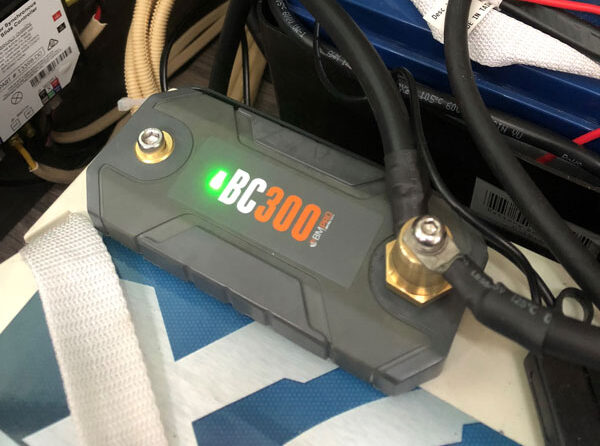
12V Guru – Protecting your batteries
Batteries running low or flatting out? Our 12V Guru discusses how to maintain the longevity and efficiency of your RV’s battery setup
An electrical shunt is a critical component in electrical circuits, primarily used for measuring the current flowing through a system. It works by diverting a portion of the electrical current through a low-resistance path, enabling the accurate measurement of current via the voltage drop across the shunt (a low impedance resistor)
The shunt is typically installed in series with the battery’s negative terminal in systems where monitoring the flow of current is essential.
It functions by creating a very small, predictable voltage drop that can be measured to calculate the current flowing through the circuit. For instance, in battery monitoring systems, the shunt is integral because it allows accurate real-time monitoring of battery status, including power consumption, charge state, and overall battery health.
This accuracy is especially important in off-grid applications like RVs and marine vessels, where knowing the exact state of battery charge can prevent over-discharge or undercharge, both of which can reduce battery life.
Worse still you could be stranded somewhere without power or any way of knowing what is really happening with your power management system

Shunt-based monitoring systems offer more precise data compared to simple voltage-based systems. Since voltage alone can fluctuate due to factors like temperature, using a shunt ensures that real-time current and energy usage are measured, which is critical for maintaining battery efficiency, especially in lithium batteries. Voltage based monitors provide a much lower level of accuracy.
In either lead acid or lithium battery systems, a shunt is essential for monitoring both charge and discharge. Without a shunt you will be blind to what energy usage is passing through your battery and a monitor will not provide an truly accurate understanding of the capacity of the battery, meaning that you could head off to bed with what you think is a full battery to awake to no power at all because there was something connected directly to battery and its energy usage was not being monitored. It is critically important for systems where a CPAP or other medical device is connected directly to the battery to ensure a shunt is place in the circuit to provide a highly accurate understanding of the actual battery capacity. This accuracy is crucial for preserving the battery’s health and ensuring its longevity.
An electrical shunt is a crucial device for accurate, real-time current measurement in power management systems. It plays an important role in battery management, helping prevent battery failure and enhancing the overall safety and efficiency of power systems. The new BMPRO PXShunt is a 500A shunt that is hard wired into your BMPRO Power management system that provides all this critical information either via the Odyssey app or wall mounted screen.
The new PXShunt give BMPRO systems the ability to add new features to the existing system such as the BMPRO PurePro Inverter to ensure you get that perfect Nespresso in the morning or BMPRO ProBoost40 to add more solar panels to your system.

Batteries running low or flatting out? Our 12V Guru discusses how to maintain the longevity and efficiency of your RV’s battery setup

This is a guide to help understand the requirements of the new standard in relation to lithium battery

Looking for more Power? Our 12V Guru discusses the key elements you need to know when upgrading a 12V system
